Total War: ATTILA
by CREATIVE ASSEMBLY, SEGA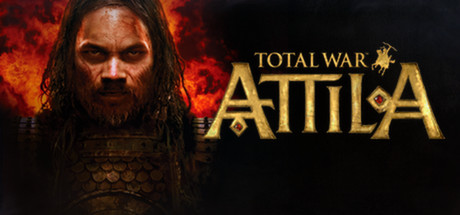
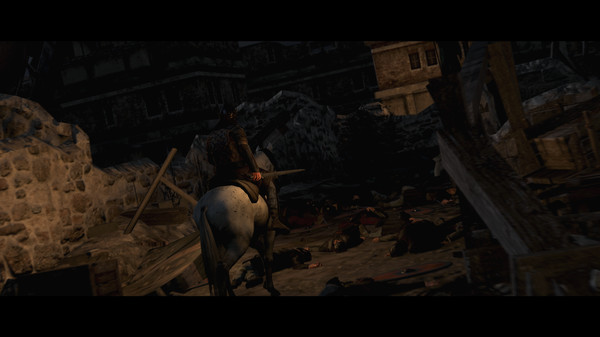
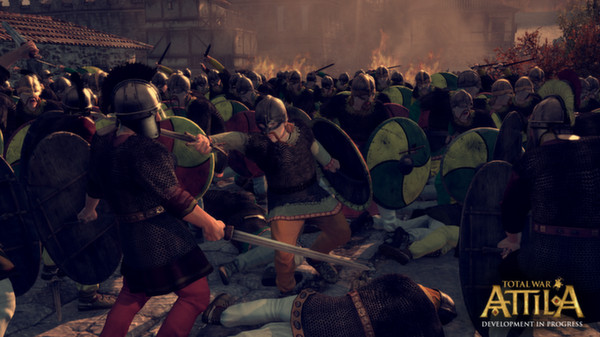
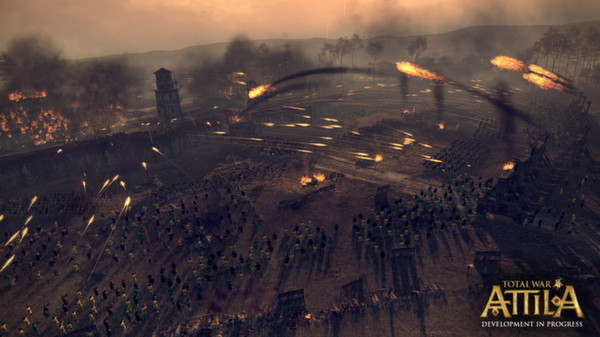

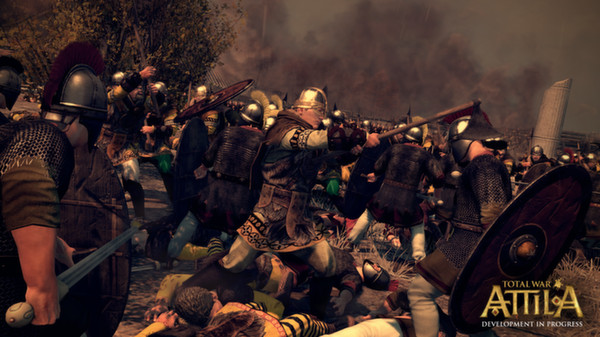
The Developer Says...
Against a darkening background of famine, disease and war, a new power is rising in the great steppes of the East. With a million horsemen at his back, the ultimate warrior king approaches, and his sights are set on Rome… The next instalment in the multi award-winning PC series that combines turn-based strategy with real-time tactics,...
Keywords
Players Like...
❤ Survival-Focused Campaign
The primary appeal of the gameplay is its focus on survival and adaptation over pure conquest. Players are set during a time of "apocalyptic turmoil" as the Roman Empire crumbles, presenting them with a constant struggle to maintain their territory and culture against threats like famine, disease, barbarian invasions, and the fearsome Huns. Rather than simply aiming to expand their empire, players must often make difficult choices to prioritize the survival of their faction, whether that means abandoning regions, negotiating with enemies, or even migrating their entire people to new lands. This creates a tense, high-stakes campaign experience that encourages creative and strategic thinking.
❤ Improved Battle Mechanics
The combat mechanics emphasize the importance of unit matchups, with clear rock-paper-scissors relationships between different unit types. For example, melee cavalry excel against shock cavalry but are weaker against spearmen. This adds more depth to army composition and tactical decision-making in battle. The morale system has also been reworked, with units now more prone to routing but able to rally and return to the fight more easily. This creates more dynamic and unpredictable battles, where the tides can turn quickly based on how well a player manages their troops' morale. Additionally, players can strategically use flaming projectiles to set settlements ablaze, adding a visually impactful and destructive element to battles and sieges.
❤ Faction Diversity and Unique Challenges
Factions range from the beleaguered Western and Eastern Roman Empires, struggling to maintain their grip on power, to nomadic barbarian tribes and hordes like the Huns, Vandals, and Goths, who must balance expansion, migration, and survival. For example, playing as the Danes, players may find themselves constantly fending off waves of Hunnic invaders pouring over the Alps, forcing them to divert their armies to the frontiers. This variety ensures that players will need to adapt their strategies significantly depending on the faction they choose.
❤ Increased Strategic Depth
The game also introduces several new systems that add depth and challenge to the strategic layer of the campaign. The revamped food, sanitation, and public order mechanics require players to carefully manage their provinces, balancing competing priorities and making tough choices. For instance, players may have to decide whether to specialize a region for food production or concentrate on maintaining public order. The introduction of region governors, who can be appointed to manage specific territories, also adds an extra layer of strategic planning and resource allocation to the campaign.

